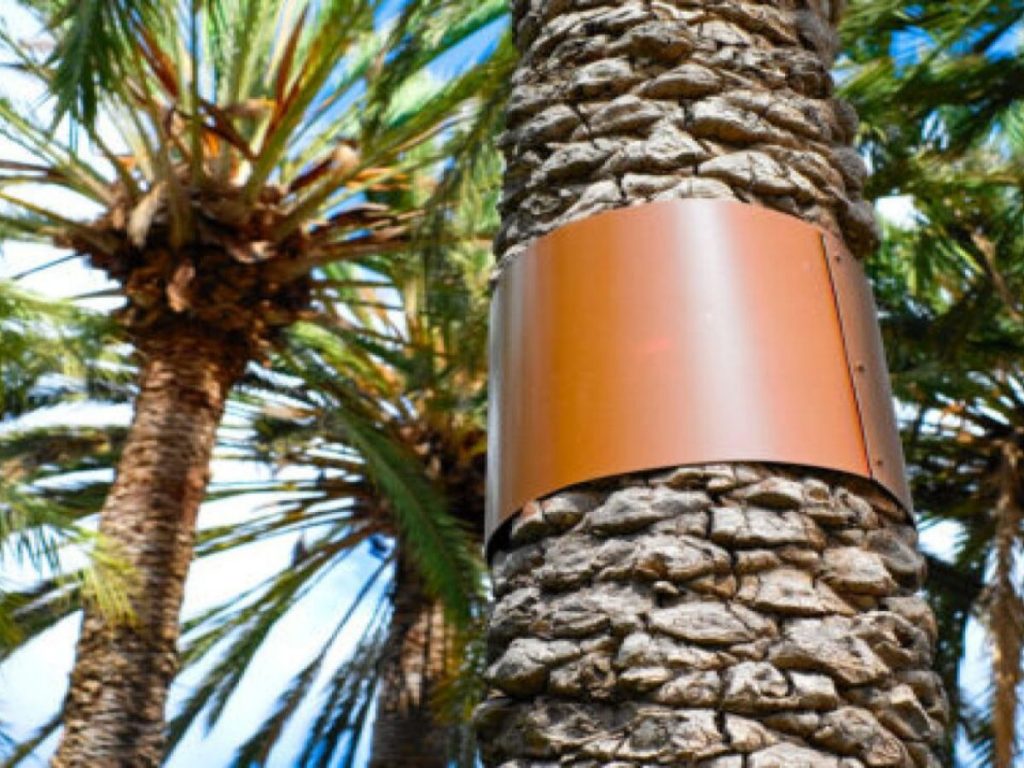Arborist Trunk Wrapping—Everything You Need to Know
As a homeowner, you may have noticed arborists wrapping the trunks of certain trees on your street and wondered what exactly they were doing. Do the trees need a cozy winter blanket? Are the arborists just trying to be festive? The answer is a little bit of both. In this blog post, we’ll explain everything you need to know about arborist trunk wrapping.
What is Arborist Trunk Wrapping?
Arborist trunk wrapping is a technique used to protect trees from damage. This type of damage can be caused by many things, including weather, pests, and disease. Trunk wrapping provides a barrier between the tree and the source of the damage, allowing the tree to continue to grow and thrive.
There are many reasons why you might need to have your tree trunk wrapped. You may live in an area with severe weather conditions, or perhaps your tree is susceptible to damage from pests or disease. Whatever the reason, arborist trunk wrapping can provide a protective barrier between your tree and the source of the damage.
Trunk wrapping is a fairly simple process. First, the arborist will clean the area around the base of the tree. This ensures that there is no debris or other materials that could potentially cause damage to the tree. Next, they will apply a layer of protective material around the trunk of the tree. This material is usually a cloth or plastic wrap, which is then secured in place with tape or ties. The arborist will then inspect the area to make sure that the wrap is secure and there are no gaps or holes.
Arborist trunk wrapping is a great way to protect your trees from potential damage. This technique can help to extend the life of your trees and keep them looking their best. If you think that your trees might benefit from this type of protection, be sure to contact a qualified arborist today.

Why Do Arborists Wrap Trees?
If you’ve ever seen a tree with a white or silver band around its trunk, you may have wondered what it was for. This is called tree wrapping, and it’s a practice that is used for a variety of reasons. In this blog post, we’ll explore some of the most common reasons why arborists wrap trees.
To protect against sun damage – Tree wrapping can help to protect against sun damage, which can cause the bark to peel and crack.
To protect against frost damage – Wrapping also helps to protect against frost damage, which can kill young trees and damage the bark of older trees.
To prevent insect infestations – By keeping the trunk of the tree protected, wrapping can also help to prevent insect infestations.
To support the tree during high winds – Tree wrapping can provide additional support during high winds, which can help to prevent the tree from toppling over.
To keep animals from damaging the bark – Animals like squirrels and rabbits can often be attracted to the scent of trees, and they can do significant damage to the bark if they’re not deterred. Wrapping the tree can help to keep animals away.
To provide insulation – In some cases, tree wrapping can also provide insulation for the roots of the tree, which can help to improve its chances of survival during periods of extreme cold or heat.
To improve aesthetics – Last but not least, many people simply enjoy the way that wrapped trees look!
As you can see, there are many reasons why arborists wrap trees. Whether it’s for protection against sun or frost damage, to prevent insect infestations, or simply for aesthetic purposes, tree wrapping is a practice that offers numerous benefits.
How Long Does Arborist Trunk Wrapping Last?
On average, arborist trunk wrapping lasts between 2 and 3 years. However, the exact lifespan of the wrapping will depend on a number of factors, such as the type of wrap used, the weather conditions in your area, and the level of care and maintenance that the tree receives.
The most common type of trunk wrap is made from burlap or canvas. These materials are strong and durable, but they are also breathable. This means that they will allow the tree to exchange gases and moisture, which is essential for its health. However, these materials are not completely impervious to damage from the elements. Over time, they will deteriorate and need to be replaced.
Weather conditions are another factor that will affect the lifespan of your trunk wrapping. If you live in an area with severe winters, for example, the wrap will need to be replaced more frequently than if you live in a milder climate. The same is true for areas with high levels of humidity or prolonged periods of wet weather.
Finally, the level of care and maintenance that you give your tree will also affect how long its trunk wrap lasts. If you regularly check the wrap for signs of wear and tear and replace it as needed, it will last longer than if you neglect it.
The lifespan of your arborist trunk wrapping depends on a number of factors, including the type of tree and the climate. With proper care and maintenance, your trunk wrap can last for several months or even years. If you have any questions about how to care for your wrapped tree, be sure to consult with a professional arborist.
Conclusion:
Arborist Trunk Wrapping—Everything You Need to Knowles a homeowner, you may have noticed arborists wrapping the trunks of certain trees on your street and wondered what exactly they were doing. Do the trees need a cozy winter blanket? Are the arborists just trying to be festive? The answer is a little bit of both. In this blog post, we’ll explain everything you need to know about arborist trunk wrapping. Arborist trunk wrapping is the process of applying a protective barrier to the trunk of a tree.

